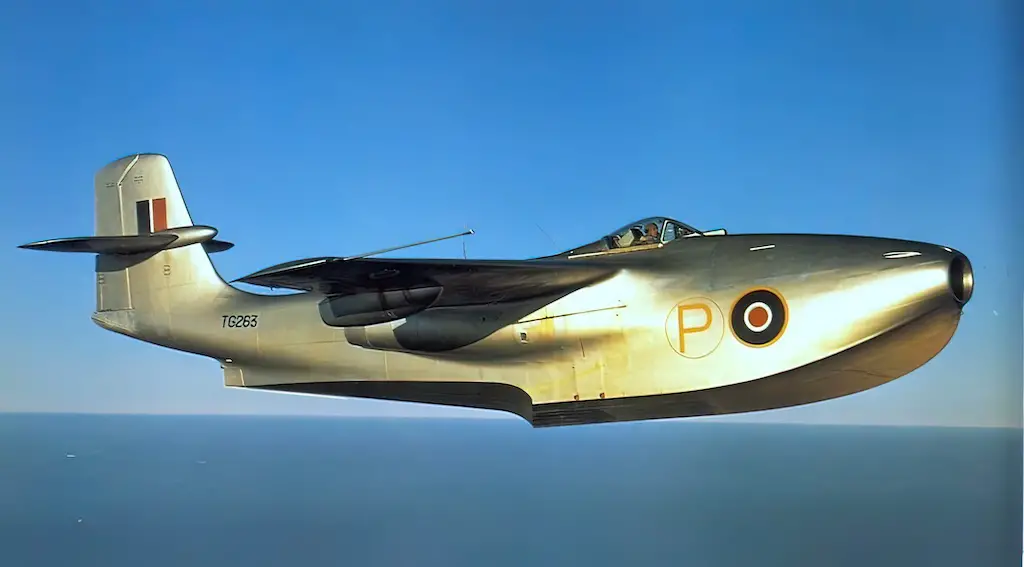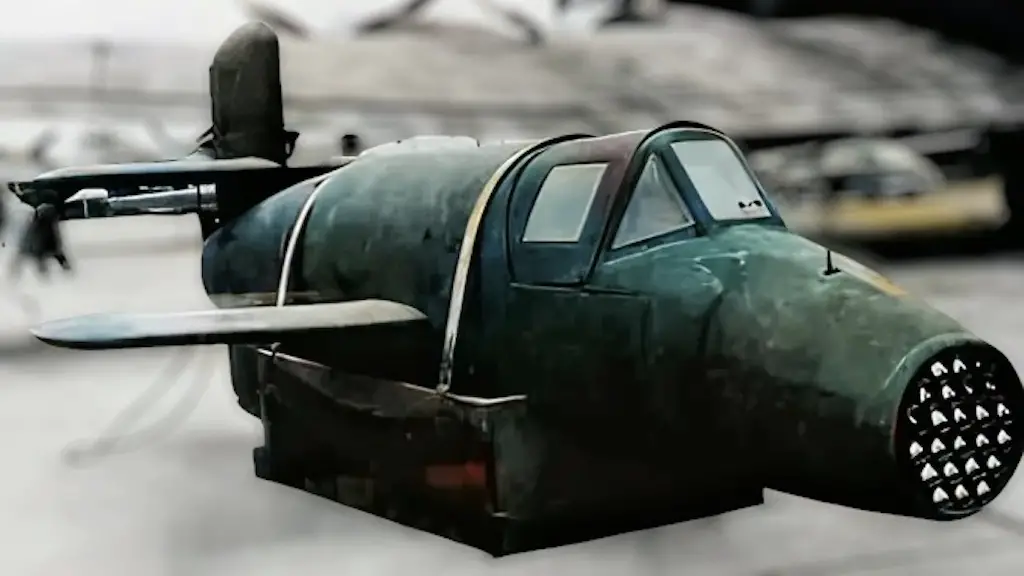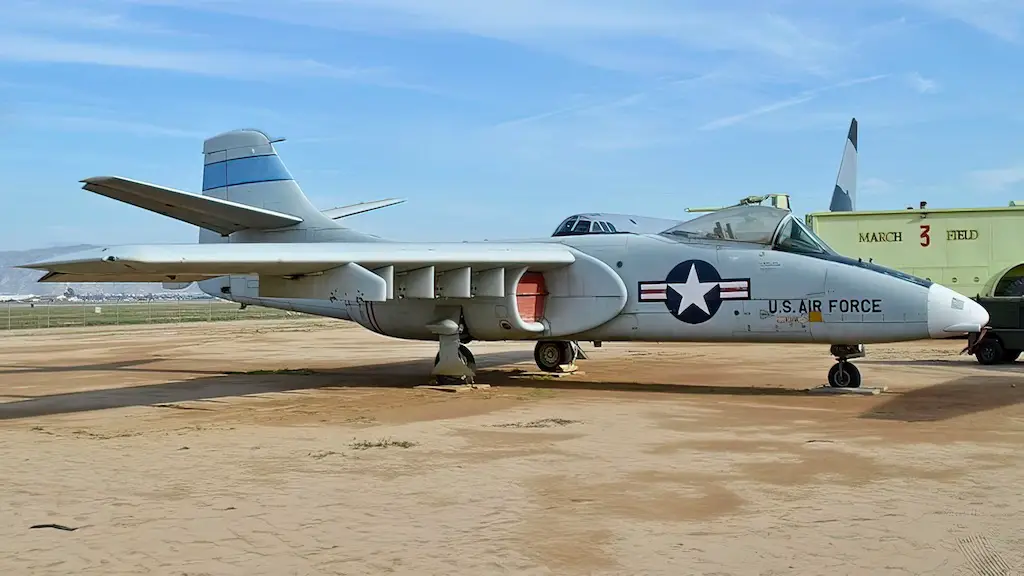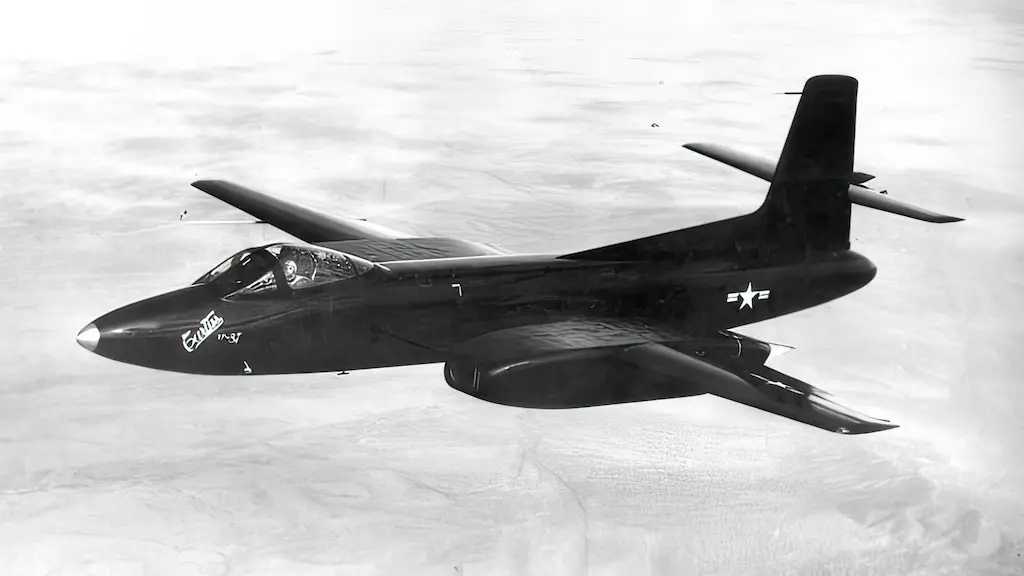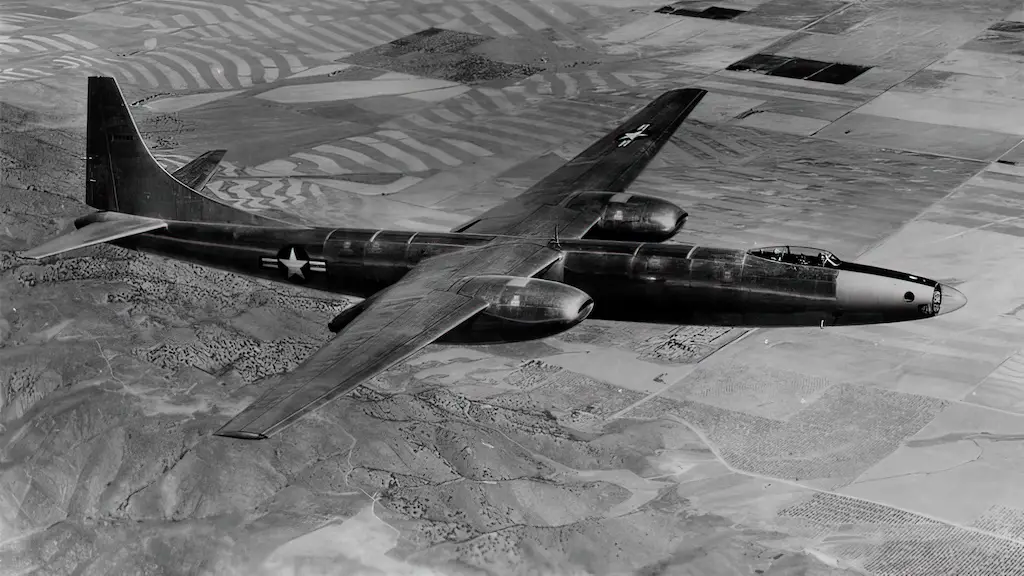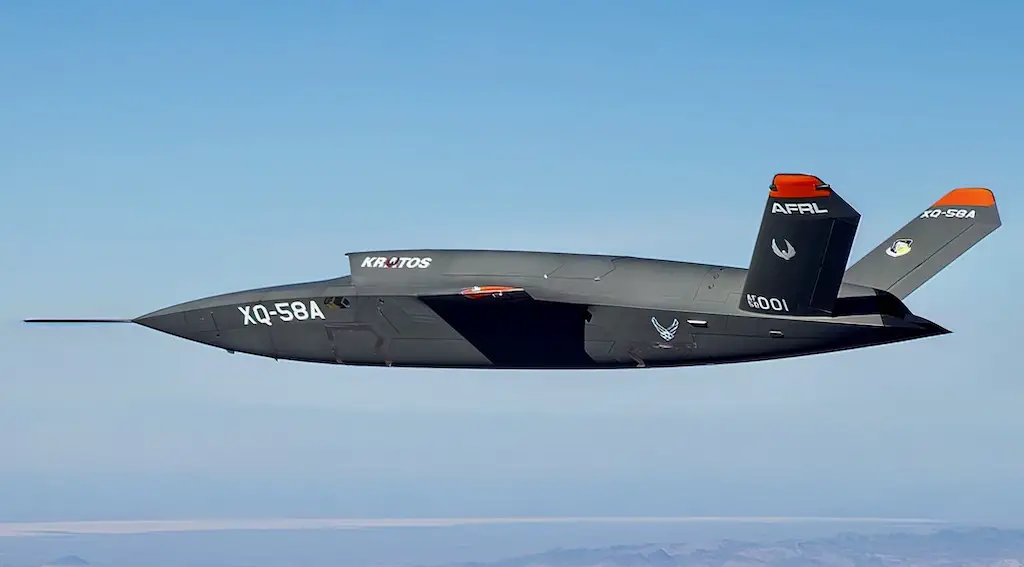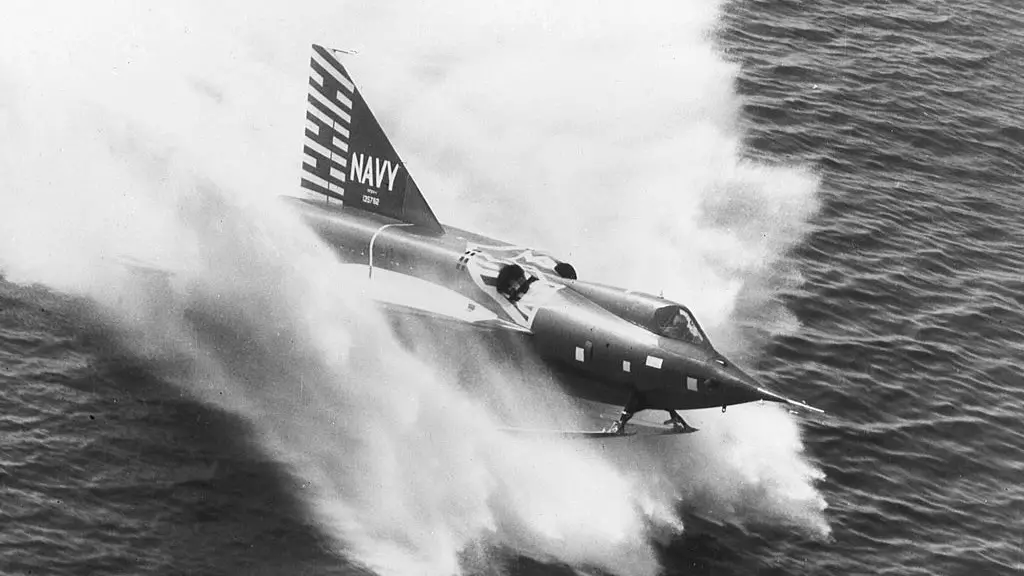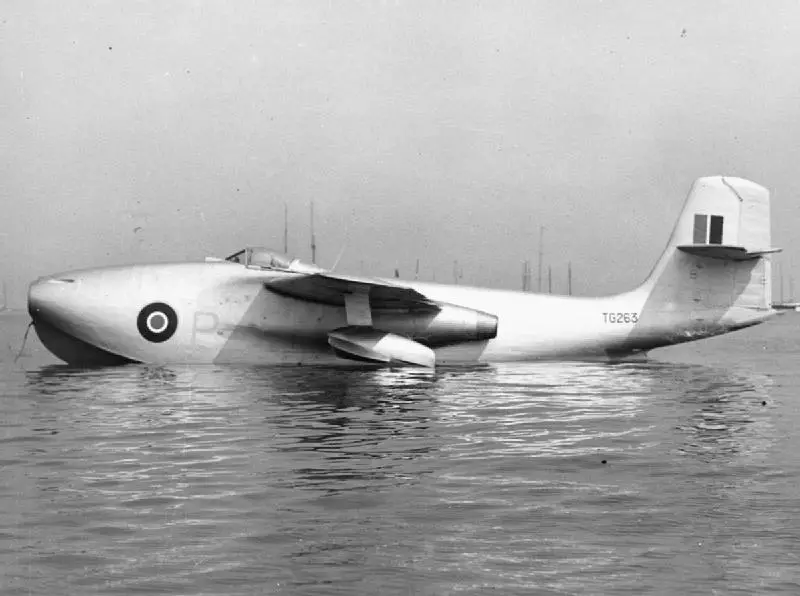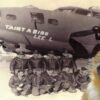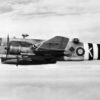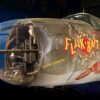The application area of flying boats has mostly been restricted to things like coastal patrols and firefighting, but back at the dawn of the jet age there were some audacious attempts at creating waterborne fighter jets. The earliest example of combining the advantages of jet propulsion and the capability to land on and take off the water was the British Saunders-Roe SR.A/1 aircraft.
Designing flying boats had been a priority of the Isle of Wight-based Saunders-Roe company (SARO) since its establishment in 1929. No wonder that it was the company which created the flying boat jet fighter. Although the work on the aircraft started in 1943 and the very concept of it was prompted by the nature of warfare in the Pacific, it saw no combat in WWII. The first SR.A/1 prototype rose into the air on July 16, 1947.
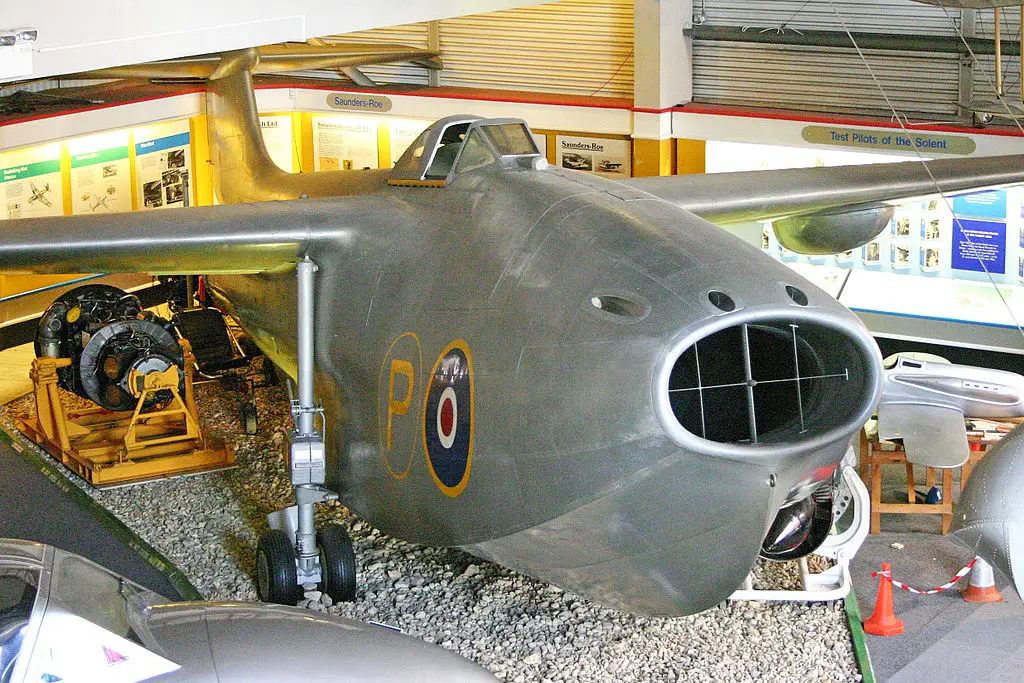
SR.A/1 was not bad for an early jet. Powered by two Metropolitan-Vickers F.2/Beryl turbojets, each providing 3,850 lbs of thrust, it had a maximum speed of 512 mph. At the first tests the aircraft demonstrated good performance and handling characteristics. Except that the first prototype was prone to so-called Dutch roll, a combination of yawing and rolling oscillations. To counterbalance that effect, it received a bullet fairing at the vertical tail fin.
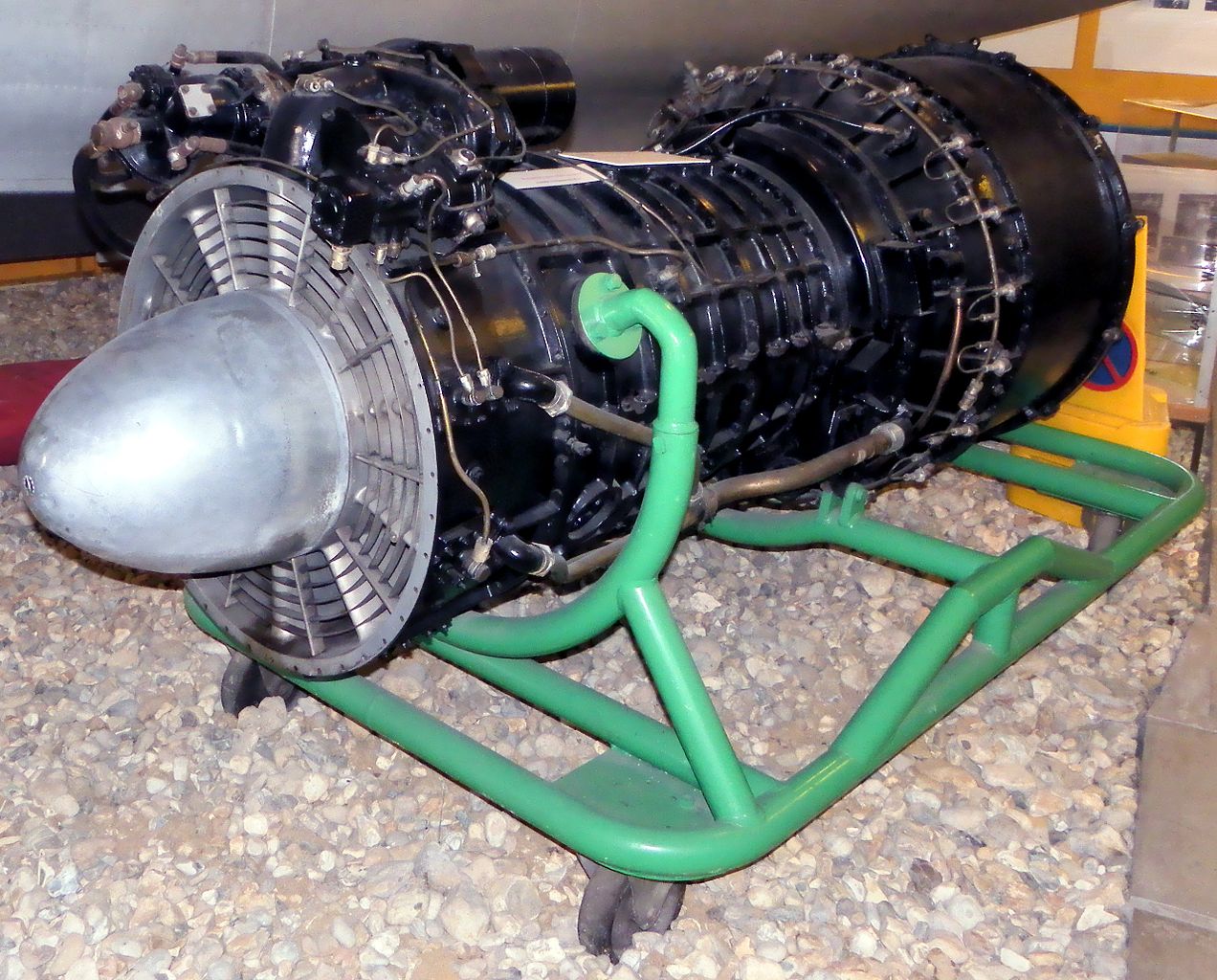
The aircraft had an automatic mooring system which allowed the pilot to moor the seaplane without any external aid and, in fact, without leaving the cockpit.The second and third airframes were lost in accidents in 1949. In one of them the pilot got killed, in another survived. That prompted the installation of an ejection seat on the remaining airframe.The prototypes were unarmed, but production version of SR.A/1 was supposed to carry four nose-mounted 20 mm cannons. It would also be able to carry two 1,000 lb bombs and rockets.
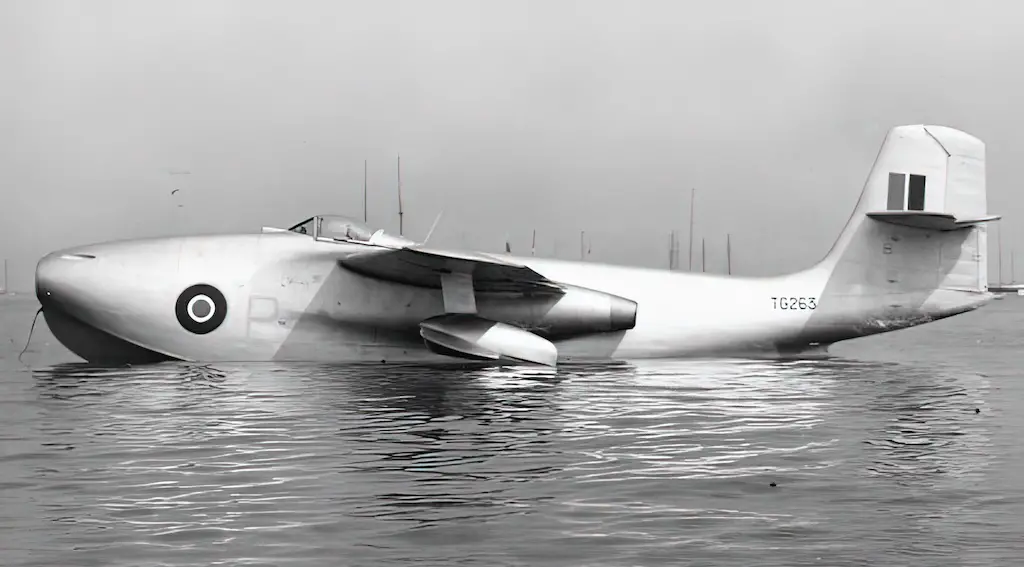
The British military’s interest in the aircraft increased and waned again several times. At some point it also caught the eye of the U.S. Navy. Yet, their interest in SR.A/1 was never strong enough to launch the aircraft into mass production. Besides, following WWII Britain was taking severe austerity measures and defense spending was reduced whenever possible. In the meantime, contemporary fighter jet technology was developing rapidly, and by early 1950s the aircraft already started looking obsolete. It was briefly reconsidered at the onset of war in Korea just to be completely abandoned.
SARO built only three prototypes of the fighter, which never even got to the weapons testing stage. SR.A/1 made its last flight in June 1951, although engine borrowed from that airframe was used in Donald Campbell’s speed boats for setting seven world speed records between July 1955 and December 1964.
Today the only surviving Saunders-Roe SR.A/1 prototype can be found on permanent display at the Solent Sky Museum in Southampton, England.

